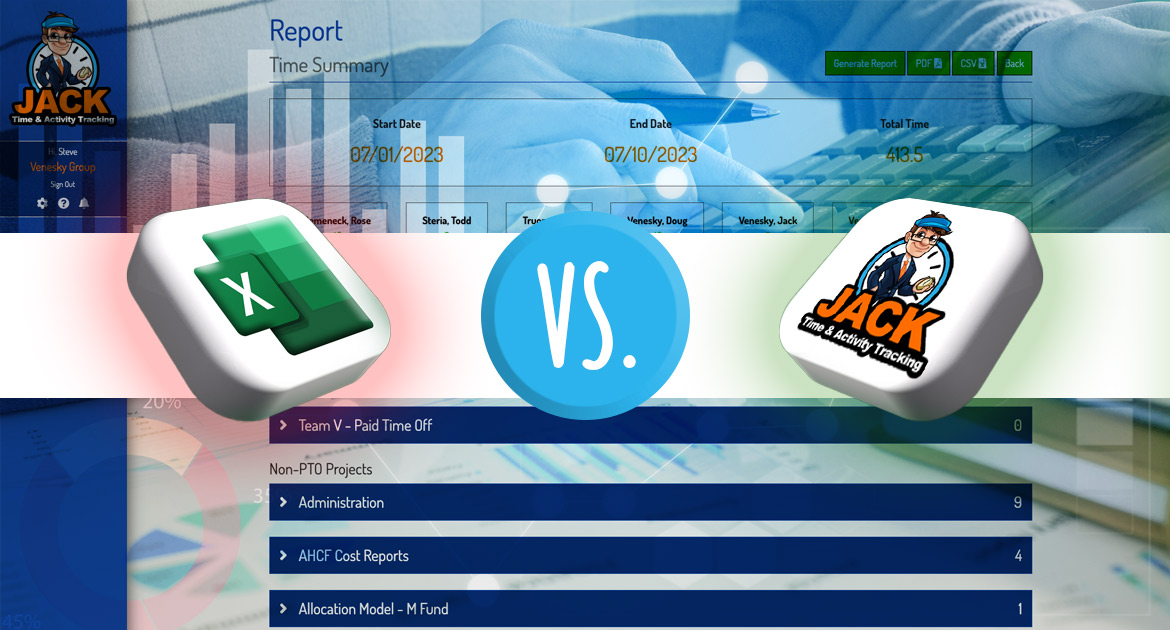You can deposit checks using your phone and transfer funds between bank accounts in seconds. Why are you still using paper time sheets to manage your company’s time keeping?
Electronic time sheets offer many advantages compared with paper ones. They are more accurate, efficient, and accessible, and provide integration options to other systems not possible with paper time sheets.
Electronic time sheets are easier on the company and the employee through efficiency. Employees can quickly and easily enter their time, and supervisors can access and review the data in real-time. This eliminates the need for manual data entry, saving time and effort.
Eliminating manual data entry makes electronic time sheets more accurate, reducing the chances of errors and inaccuracies that can occur when manually recording time. They provide automatic calculations, reducing the risk of miscalculations and ensuring accurate payroll processing.
Employees and supervisors will like how efficient electronic time sheets are. Employees can quickly and easily enter their time, and supervisors can access and review the data in real-time. This eliminates the need for manual data entry, saving time and effort. They are also more accessible, available anywhere with an internet connection. This is particularly beneficial for remote or mobile workers who may not have access to physical time sheets. Employees can submit their hours online, even if they are working from different locations or on the go.
Moving time keeping to an electronic version will allow you to integrate with other software systems such as payroll or accounting systems. This integration reduces the need for manual data transfer, minimizes the risk of errors, and ensures seamless data flow between different processes.
Electronic time sheets also provide robust reporting capabilities. Supervisors can generate reports and analyze data more efficiently. They can track project hours, monitor overtime, and identify patterns or trends to make informed decisions. Electronic time sheets can help ensure compliance with regulations such as in grant reporting and audits.
One of the biggest advantages is how electronic time sheets will impact the bottom line. Adopting electronic time sheets can lead to cost savings over time. With reduced paperwork and manual processing, organizations can save on printing, storage, and administrative costs.

